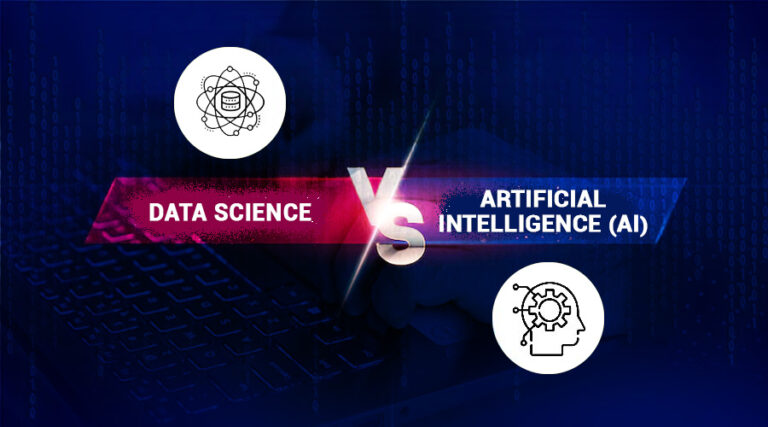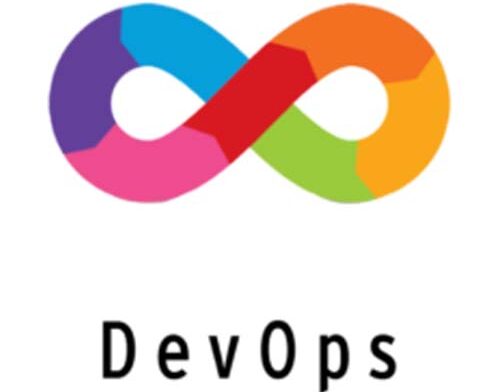Data Science & AI Training
We are in the middle of the 4th Industrial Revolution (Industry 4.0), which is mostly being driven by Data Science. This ever-growing field involves the collection, analysis, and exchange of data, lots of data! The demand for professionals for various data science jobs is at an all-time high, so is the gap in supply.Taking Training course at QMatrix TechnologiesTechnologies, will help all your profession dreams materializes in the present IT field.
Python
Linux
Python
Linux
Extract Transform Load
Data Handling with NumPy
Data Manipulation Using Pandas
Data Preprocessing
Data Visualization
Descriptive Statistics
Probability
Inferential Statistics
Introduction to Machine Learning
Regression
Classification
Clustering
Supervised Learning
Unsupervised Learning
Performance Metrics
Artificial Intelligence Basics
Neural Networks
Deep Learning
Power BI Basics
DAX
Data Visualization with Analytics
Hands-on Exercise
Introduction to MLOps
Deploying Machine Learning Models
Version Control
GIT
The Data Science capstone project focuses on establishing a solid hold of analysing a problem and coming up with solutions based on insights from the data analysis perspective. The capstone project will help you master the following verticals:
Text Mining, Cleaning, and Pre-processing
Text classification, NLTK, sentiment analysis, etc
Sentence Structure, Sequence Tagging, Sequence Tasks, and Language Modeling
AI Chatbots and Recommendations Engine
RBM and DBNs & Variational AutoEncoder
Object Detection using Convolutional Neural Net
Generating images with Neural Style and Working with Deep Generative Models
Parallel Training, Distributed vs Parallel Computing
Reinforcement Learning
Deploying Deep Learning Models and Beyond
Introduction to Big Data And Spark
RDDs
Advanced Concepts & Spark-Hive


Datascience

On/Offline

3-6 month
Weekdays/Weekend



Modern technical industry uses data science to analyse data and make smart predictions. It is a relatively new field with immense potential. With the right skill set, data scientists can find lucrative careers in a variety of industries. The field is expected to grow exponentially in the coming years, making it a great option for those looking to start or further their career.
Our data science training prepares you with:
A job in data science involves working with massive volumes of data. This is where your mathematical skills and knowledge come into play. Your expertise in linear algebra, statistical hypotheses, and calculus is inherent in helping you accomplish business analyst tasks. Mastering these skills may be challenging. However, consistent practice will help you hone your mathematical skills.
To excel in your data science career, you will need:
Aimore’s data science training prepares you for all this and more.
Qmatrix Technologies provides the most comprehensive data science training in Chennai. In addition to teaching ML, AI, R programming, and Python, machine learning, we provide our students with hands-on training from qualified professionals.
You will gain a comprehensive understanding of the concepts and tools related to data science in this course. By the end of this course, you’ll be able to analyze and manipulate data, create predictive models, and convey your findings in an effective manner. Moreover, you’ll have the chance to showcase your data science talents in real-time projects.



